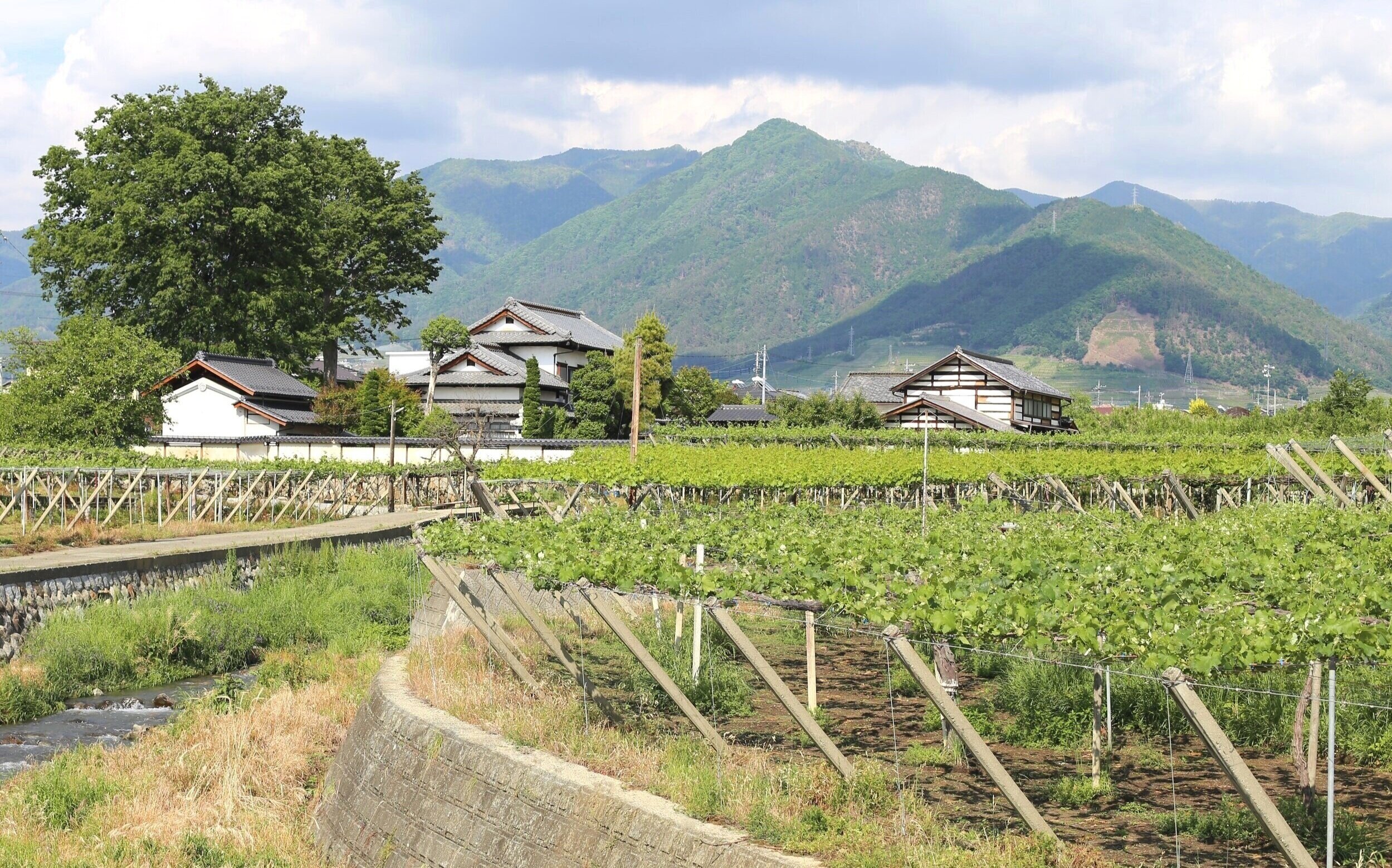Master Sommelier Turned Vigneron: A Wine Journey in Japan
It sounds like a natural progression for a sommelier to move into winemaking — except in the case of Toru Takamatsu, it’s a new and unexpected direction.
He’s currently an apprentice vigneron at Domaine Takahiko on Hokkaido, Japan’s second-largest island and northernmost prefecture. Founded in 2010, the winery was the brainchild of microbiologist Takahiko Soga, who bought 4.6 ha of land and turned it into vineyards.
It’s now a significant enough winery that it was able to attract Takamatsu, who was the youngest candidate ever to become a Master Sommelier – and it’s at the forefront of what promises to be a fine wine revolution.
From coffee to wine
“I was born and raised in Sydney,” says Takamatsu. “My dad’s a chef and I grew up in the hospitality world,” working as a barista from age 15. “For about five years, I was a barista full time. And then I got an interest in wine.”
Aged just 21, he signed up for the Court of Master Sommeliers, passing his first exams on his first try. He also began working for the famed Rockpool Dining Group, renowned for its wine list.
On the day he passed the Advanced Sommelier Certificate, he applied for the Master Sommelier Diploma, and decided to move to London so he could fully immerse himself in wine. “Piotr Pietras, who is the Polish Master Sommelier, said he was looking for a sommelier for Hide restaurant,” a collaboration with Hedonism Wines.
“That same year, I got promoted to Assistant Head Sommelier, before passing my MS,” saysTakamatsu.
After he completed the MS, he returned to Australia. “When I went back, I was working for the Merivale Group, which has very, very nice restaurants to work with.”
But along came Covid and, like so many others, Takamatsu began reconsidering his options. “I felt I needed to learn more about vinification, hence I asked to come where I am now, to do an internship.”
As to why he went to Japan rather than stay in Australia, which has plenty of vineyards, Takamatsu says he wanted to make wine that was French-inspired, but “not too expensive and something unique. I thought the wines in this region had a lot of potential. They have a unique aroma.”
A fine wine sector emerges
When most people think about Japanese wine, they’re most likely thinking about Japan’s own white grape, Koshu. But Soga, inspired by what he’d seen in France, planted 12,000 Pinot Noir vines in a landscape protected by mountains. The wines have been a huge success; according to Tokyo Weekender magazine, the Domaine Takahiko Pinot Noir 2017 was chosen by none other than Noma restaurant in Copenhagen in 2020. That same article says Takahiko’s winemaking philosophy is now influencing the Japanese wine industry.
“The Japan Winery Award Council awarded the company a 5-star rating for the past four consecutive years, given to wineries that ‘produce a number of brands of outstanding quality’,” says the article. “To put that into perspective, out of 258 wineries and vineyards throughout Japan, just 15 received a 5-star rating in 2021.”
Takamatsu thinks the wines are emblematic of Japan’s potential. It will be a long time before anyone outside Japan gets a chance to enjoy them, however. “[Japan has] a lot of demand for expensive, high-end wine,” he says. “But at the same time, there are so many people that have an interest in domestic wines as well. Most of what we make is consumed domestically.”
Provenance and food
It was only quite recently that winemakers consciously began to think about the wines complementing the local cuisine, as it was sake that was served with Japanese food, rather than wine. “Traditionally, as you can imagine, they were all about copying Bordeaux and Burgundy,” he says. “Recently, there are wine bars and local restaurants in our town that serve wine with Japanese food. Because we use a lot of dashi [broths and stock with lots of umami], the wines have to pair with them.”
This means the wines need to be softer and less mineral, to avoid clashing with ingredients like fish.
“People are moving away from full-bodied wines,” says Takamatsu.
As winemakers have become more confident, the wines have begun to reflect their unique terroir better, and are made with less intervention. “We are happy with what we’re making right now, but we always look for more complexity and longevity, and anything that can make it better.”
Wine isn’t just made in the vineyard — it’s also shaped by the people who buy it. The Japanese, says Takamatsu, have a keen appreciation and understanding for provenance that parallels the French concept of terroir, and they actively look for products that express a sense of place.
All of this means there is a ready market for local wines, particularly if they are scarce. “People will line up if they know it’s very hard to find,” he says.
Harvest in Japan begins around October, which means Takamatsu’s life is about to get busy. But he’s inspired by his viticultural work in Japan. So much so, that he says he wants to have a winery of his own, one day.
Cover picture by Koshu Valley.
This interview is part of our new round of exploration on the Japanese fine wine market. Our latest report: Understanding The Fine Wine Consumer: Country Profile: Japan is now accessible to Areni partners and full members only. To secure your copy of the report, join us as a member today.

